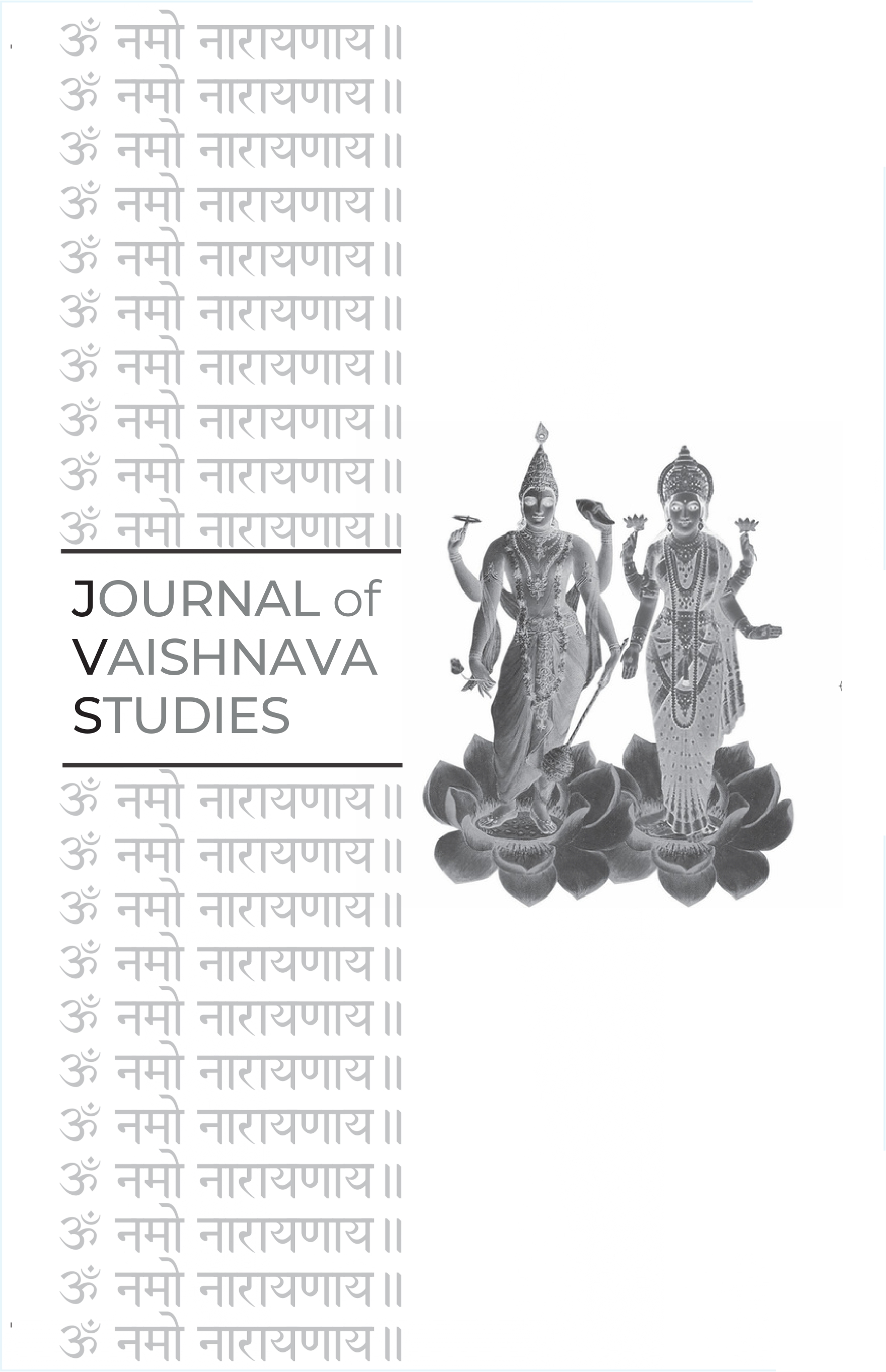Jīva Gosvāmī’s Presentation of Acintya-bhedābheda
Keywords:
Jīva Gosvāmī, Gauḍīya Vedānta, acintya-bhedābheda, Ṣaṭ Sandarbhas, devotional ontology, śabda-pramāṇa, inconceivability, Vedāntic pluralism, līlā metaphysicsAbstract
Ravi M. Gupta’s article "Jīva Gosvāmī’s Presentation of Acintya-bhedābheda" offers a lucid and systematic exposition of the Gauḍīya Vaiṣṇava doctrine of inconceivable simultaneous oneness and difference, placing it within the broader landscape of Vedāntic metaphysics. Gupta focuses on Jīva Gosvāmī’s Ṣaṭ Sandarbhas, particularly the Tattva Sandarbha and Bhagavat Sandarbha, to elucidate how ultimate reality (Kṛṣṇa) is both identical to and distinct from His energies, including the jīvas and prakṛti. The article highlights Jīva’s epistemological caution—emphasizing acintyatva (inconceivability) as a category that avoids the logical binaries of strict monism and dualism. Gupta details how the metaphor of fire and its heat or sun and its rays serves as a model to affirm real difference without negating essential unity. He also traces the historical roots of Jīva’s thought, showing its response to Śaṅkara’s Advaita, Rāmānuja’s Viśiṣṭādvaita, and Madhva’s Dvaita, while carving out a distinctively devotional ontology grounded in scripture (śabda-pramāṇa) and rasa-theory. Gupta concludes that acintya-bhedābheda is not merely a dialectical compromise but a theological affirmation of paradox, integral to the mystery of divine play (līlā).Published
2008-06-20
Issue
Section
Articles





